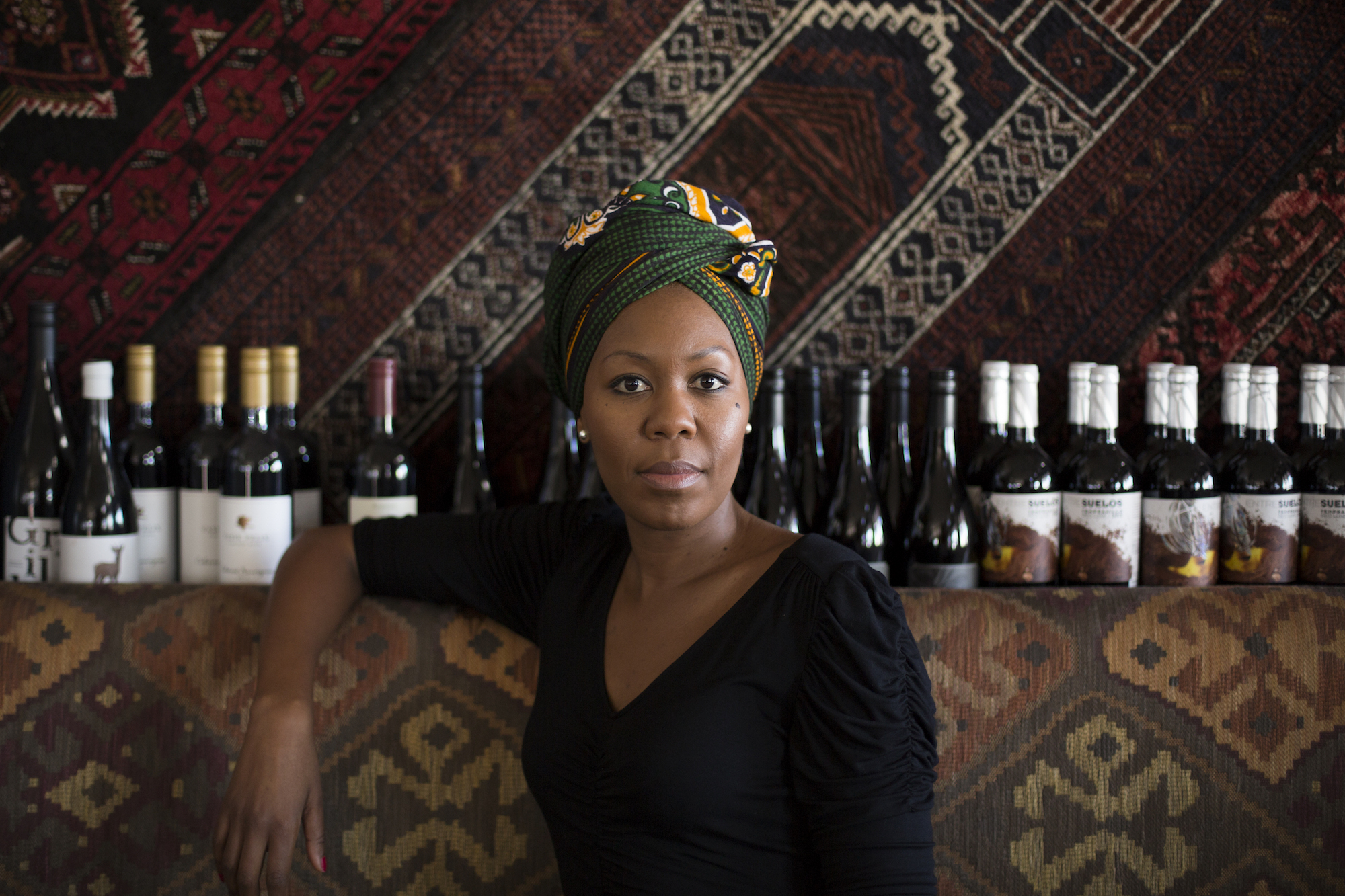Friendships that last over time add a layer of richness to life’s experiences. Sarah Heeringa looks at this fundamental human relationship.
Words Sarah Heeringa
It may not seem so some days, but potential friends are all around us. As the Irish poet William Yeats once put it; “There are no strangers here; only friends you haven’t yet met.”
Where does friendship come from? For starters, friends will most often share some common attributes, such as occupation, interests or demographics such as ethnicity, religion or economic background. Sometimes a spark of recognition is all it takes to ignite a connection. “Friendship”, according to author CS Lewis in his book, The Four Loves, “is born at that moment when one says to another: ‘What! You too? I thought that no one but myself …’ ”
The friend who holds your hand and says the wrong thing is made of dearer stuff than the one who stays away.
– Barbara Kingsolver
Other times it takes an unexpected or traumatic experience to break through the usual barriers of social reserve.
“My friendship with my best friend Tracy was borne out of hideous circumstances,” says Jan*. “I’d just moved to a small town in the South Island with my first husband and our two daughters aged one and three. We were planning to live there in rented accommodation for a few months while my husband completed a work contract. He’d sent me out for a night out with Tracy and a couple of other women from the company he was contracting for, so that I could get to know some locals. During the evening Tracy told me about her awful separation from her husband, six months earlier. He had been having an affair. I went home and said to my husband, “I’m so glad I’m not in her shoes.”
“Four days after that I found out my husband had been visiting prostitutes during his initial trips to town, in the months before he brought the family down. It was an already rocky relationship so that was it for me. I’d been hoping the move south would give us a chance to make a fresh start but it wasn’t to be. I made plans to move back up north with the girls.
It took a few weeks to get organised though, and in those weeks Tracy was amazing. She was there for me in such a selfless way, especially considering we’d only just met.
“While I was a complete mess, Tracy would call or visit me most days, sitting out on the back steps for hours, smoking cigarettes with me while I ranted and raved. She made sure I ate. She made sure I always had a bottle of wine in the fridge. She helped me look after the girls. I don’t think I would have got through that time without her. And I think because she’s one of the few people in my life who’ve really seen me at my worst, I trust her implicitly.

“That was 10 years ago. These days I live in Auckland and Tracy is now in Christchurch. But we stay in touch – always calling each other on Christmas Day. We try and get together when we can. I really do love and cherish her.”
It’s said that “a problem shared is a problem halved”, and it’s one of life’s mysteries how the presence of a friend can enable us to think beyond ourselves, transforming scary, lonely or potentially overwhelming moments into manageable ones. Humans are social creatures, and there’s something about friendship’s shared moments of understanding that offers us a chance to laugh at ourselves, gain insights, grow in confidence and feel more able to tackle life’s challenges.
I remember how reluctant my eldest son Levi was when I first took him along to kindergarten. The daily drop-off invariably involved unpeeling
a reluctant child from my legs and handing him into the arms of the lovely teacher Julie, allowing me to slip outside and wave goodbye through the window to a small, tear-streaked face. After several days of this routine, I arrived before the end of an afternoon play session to see two blond-headed boys rummaging in a big box of coloured building blocks, across the far side of the room. Turns out, the two of them had been engrossed in the activity for the previous hour. I made sure I caught the other boy’s name – Louis – before we left that day. Suddenly kindy was fun. Seventeen years later, the friendship Louis and Levi first forged over a plastic block tower has led to them recording music in a band and sharing a Melbourne flat.
A friendship between different but complimentary personalities can be behind some of the most creative endeavours. A new book Powers of Two: Finding the Essence of Innovation in Creative Pairs, by Joshua Wolf Shenk, looks at the dynamics between Marie and Pierre Curie, Steve Jobs and Steve Wozniak, John Lennon and Paul McCartney and others, in making the case for collaboration and the collective brilliance this relationship offers compared with the ‘lone genius’.
Unsurprisingly, multiple studies have also established strong links between wellbeing, happiness and having a wide circle of friends. One example is The National Child Development Study of more than 6500 Britons born in 1958, who were assessed at ages 42, 45 and 50. Researchers found a significant association between the number of friends a participant had and their levels of psychological wellbeing, especially in the case of women. By contrast, both men and women with fewer than 10 friends in their social network had far lower levels of psychological wellbeing – regardless of whether they had a partner, job or past mental health issues.

Research also suggests that friendship has on average, a much bigger effect on happiness than a typical person’s income. One economist, Professor Oswald at the University of Warwick, has even developed a formula to work out how much extra cash we’d need to make up for not having friends. According to Oswald, it’s £50,000, or NZ$97,500.
Friendships can potentially also help us ward off germs. Our brains control many of the mechanisms in our bodies which are responsible for disease, and just as stress can trigger ill health, it is thought that friendship and happiness can have a protective effect. One study from Carnegie Mellon University and published in 2014 in Psychological Science suggested that those who were hugged by a trusted person where somewhat more protected from infection than those not receiving hugs. The study assessed 404 healthy adults for levels of social support and frequency of receiving friendly hugs from people they knew and trusted, then they were intentionally exposed to a virus and monitored in quarantine to assess infection and signs of illness.
As well as making life’s happy moments feel even better, a good friend is someone who might risk pointing out an ugly truth we’re doing our best to ignore. As the Sicilian proverb puts it: “Only your real friends will tell you when your face is dirty.” An understanding friend can help us through the awkward – and at times painful – process of learning from our mistakes, growing up and moving on.
You can’t choose your family, but you can choose your friends – and sometimes it’s the less emotionally entangled perspective of friends we most need. Jamila Bookwala, is a US psychology professor at Lafayette College Pennsylvania who researches relationship trends among adults in middle age and older. Bookwala and her colleagues followed 747 mostly older women, between 1992 and 2004, examining the differences in physical health between those who had a close confidante and those who did not.
The study’s findings, published in the June 2015 edition of the American Psychological Association journal Health Psycholgy, suggests that people who lose their spouse may do better health-wise to confide in a close friend than in a close relative. According to the study’s findings, family support from relatives did not show the same positive health benefits as did having friends.
Wishing to be friends is quick work, but friendship is a slow ripening fruit
– Aristotle
“Friendships are discretionary while family relationships are obligatory,” explains Bookwala, “and past research shows that obligatory relationships can be less beneficial than discretionary relationships during times of stress.”
Family relationships are more likely to be characterised by ambivalence than friendships. “Such ambivalence – feeling both close and bothered by the person – may occur even within confidante relationships with family members”, says Bookwala. “This ambivalence may reduce the likelihood of health benefits from confiding in a family member.” By comparison, a close friendship is likely to be less emotionally complex, and less ambivalent. “Having a friend to confide in may be more conducive to protecting health in the face of stress, such as becoming widowed”, says Bookwala. “And this may explain why having a family member to confide in resulted in no protective health benefits for those whose spouse died, but having a friend to confide in did”.
“A friend is more than a therapist or confessor”, writes the Dutch-born priest, professor and writer Henri Nouwen. “A friend is that other person with whom we can share our solitude, our silence, and our prayer … with whom we can look at a tree and say, ‘Isn’t that beautiful,’ or sit on the beach and silently watch the sun disappear under the horizon. With a friend we don’t have to say or do something special. With a friend we can be still and know that God is there with both of us.”
Given the many benefits that friends provide, can we have too much of a good thing? Professor Robin Dunbar would argue so. Dunbar is an anthropologist and evolutionary psychologist, and current head of the Social and Evolutionary Neuroscience Research Group in the Department of Experimental Psychology at the University of Oxford. Author of How Many Friends Does One Person Need?, he’s is best known for ‘Dunbar’s number’ (150) which is the number of individuals with whom a person can realistically maintain meaningful relationships of trust and obligation.
Whether we have few or many friends, Dunbar argues that they tend to all fit in a pattern. There might be social circles beyond it and layers within – but there is a natural grouping of 150 people. This number can be divided into progressively smaller groups, with an inner clique numbering between four and six. These are the people who we see at least once a week; people we turn to at moments of crisis.
“Friends can move between levels during different seasons of our lives. When a new person joins the inner circle, for instance, such as when we fall in love or have a baby, inevitably there’s a shuffle. Whether we intend it or not, one or two close friends will, by necessity, be relegated to the next level out. There’s only so much time and energy we can invest in others at any one time, and a healthy friendship will be able to withstand this natural ebb and flow.
According to Dunbar’s research, the 150 rule applies to different societies, including villagers in less-developed societies, structured military organisations and even primate groups he has studied – and has remained largely unchanged throughout history. In the past the number of acquaintances a person had might have been limited by the size of a person’s village or the logistics of travel and letter writing, whereas now we can amass large numbers of friends and acquaintances through various social media platforms. But if our brains can still only engage in 150 or so meaningful relationships, an ever-growing number of Facebook friends or Linkedin connections can risk becoming a pointless collection of names and faces.
As the Kenny Rodger’s classic goes, “you have to know when to hold them and know when to fold them”, and the same can be said for friends. Just as it’s liberating to cull your Facebook list from time to time, there’s a point where you might also need to acknowledge that a real-life friendship has reached its natural terms of use.
Modern forms of communication typically get a lot of flack for encouraging superficiality in friendships. After all it’s less bother to make a phone call than to actually visit someone in person. Leaving a voice mail message is even easier, as is firing off a quick email; texting even more so. “Technology celebrates connectedness, but encourages retreat,” says novelist Jonathan Safran Foer. “Each step “forward” has made it easier, just a little, to avoid the emotional work of being present, to convey information rather than humanity”.
This can be true, but rather than beating ourselves up over our inability to maintain close ties with a large group of people, we might decide to accept a certain level of superficiality as appropriate for the many, and save our investment of emotional connectedness for the few. Ultimately it’s not how many friends we have, but the quality of each friendship that will be the most enriching.
When has a friendship turned toxic?
A healthy friendship will be able to weather a few rough patches over the years, but occasionally a relationship can become so fraught the best solution might be to walk away – at least for a time.
“No one is perfect and in the first instance you might aim to be tolerant and consider your own behaviour”, says Fiona Mathieson, Senior Clinical Psychologist and Senior Lecturer at the University of Otago. “Ask yourself ‘How am I acting in this relationship … Are there alternative explanations for their behaviour that have nothing
to do with me?’”
Take a hard look at yourself; acknowledge where things have gone wrong. Sometimes simple gestures such as sending baking or a card can make a difference, suggests Mathieson. Aim for more positive interactions than negative ones – the ratio should be at least three to one. Ideally talk to your friend face to face. Make sure you take time to listen to their perspective and show you have heard by repeating their key concerns. Then let them know how you feel and what your concerns are about their behaviour. Show willingness to resolve the issue. If things don’t improve you might try writing a letter explaining your thoughts. But sleep on it and show it to someone whose judgment you trust before sending anything written – if you send it at all.
Mathieson recommends staying away from phrases that start with “You always do this” or “You never do that” …”. Aim to use phrases such as “I feel hurt when you …” rather than “You make me feel …” which can sound like an attack.
Mathieson cites the work of John Gottman, a professor emeritus in psychology known for his work on marital stability and relationship analysis in divorce. After years of studying relationship patterns Gottman has pinpointed the key signs that a couple will most likely suffer a future break-up – much of which is also applicable to friendships that have turned toxic. In particular there are four types of negative interactions that Gottman calls the four horsemen of apocalypse; criticism, contempt, defensiveness, and stonewalling.
Stonewalling is when you freeze someone out and refuse to talk about an issue. If a friendship breaks down irretrievably and you’re left feeling bitter, ask yourself whose paying the price of feeling bitter – it’s probably you. “Remember only you can control your own behaviour”, says Mathieson. “Ultimately what matters is that your behaviour is consistent with being the sort of person you want to be. Ask yourself; ‘How do I want to treat my friends and is that in line with my own values? What have I learnt that I would do differently next time?’”







